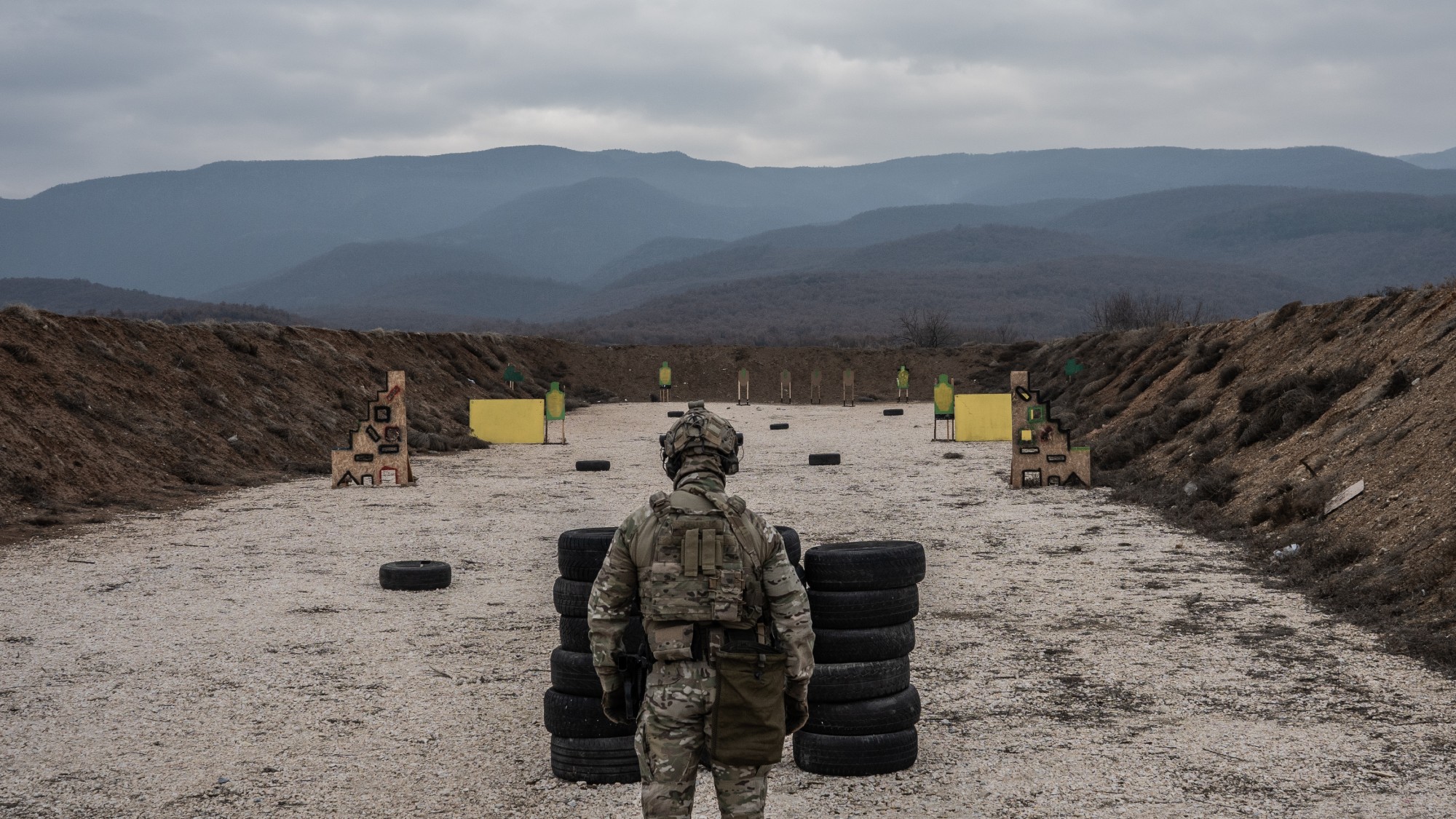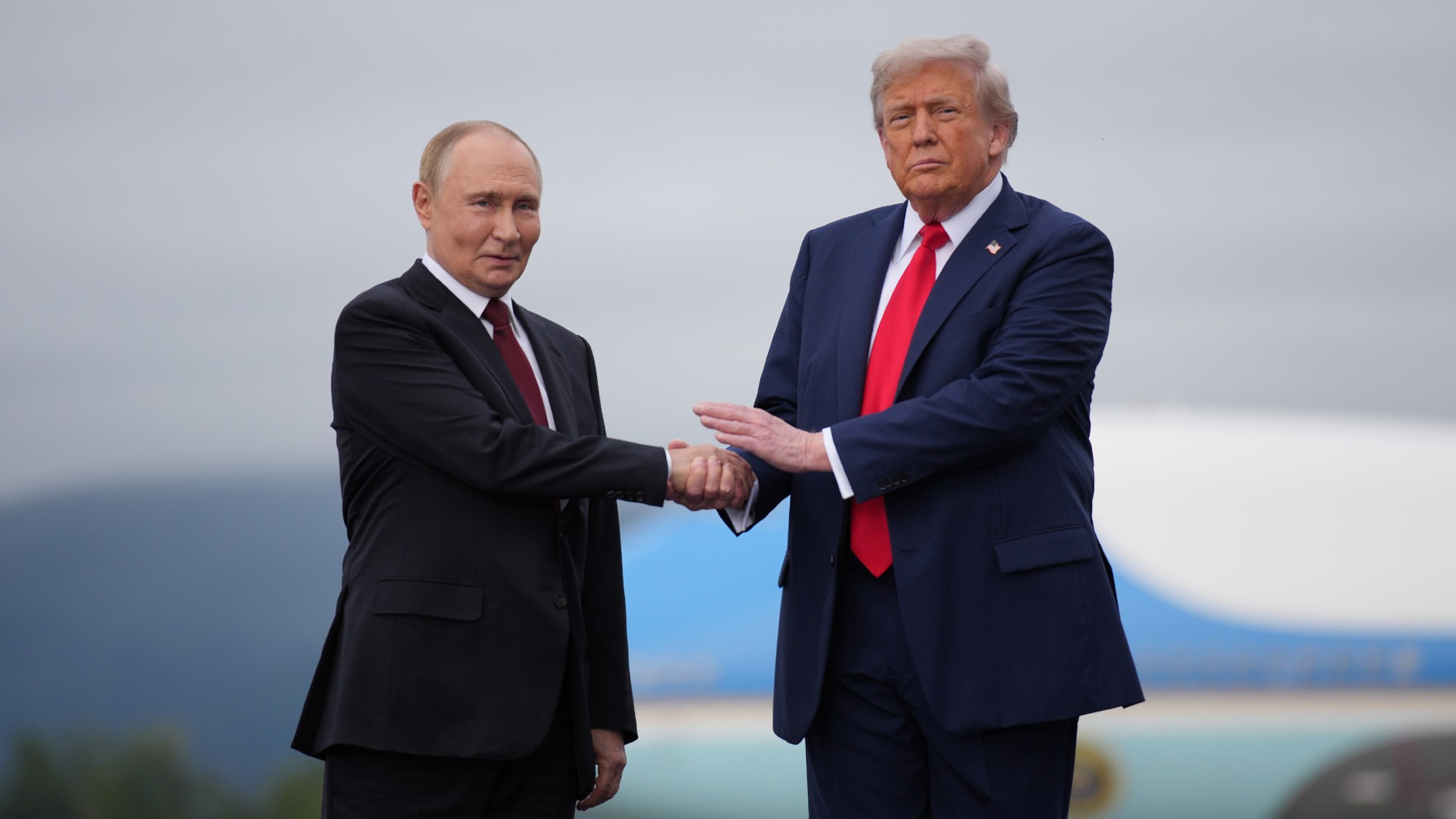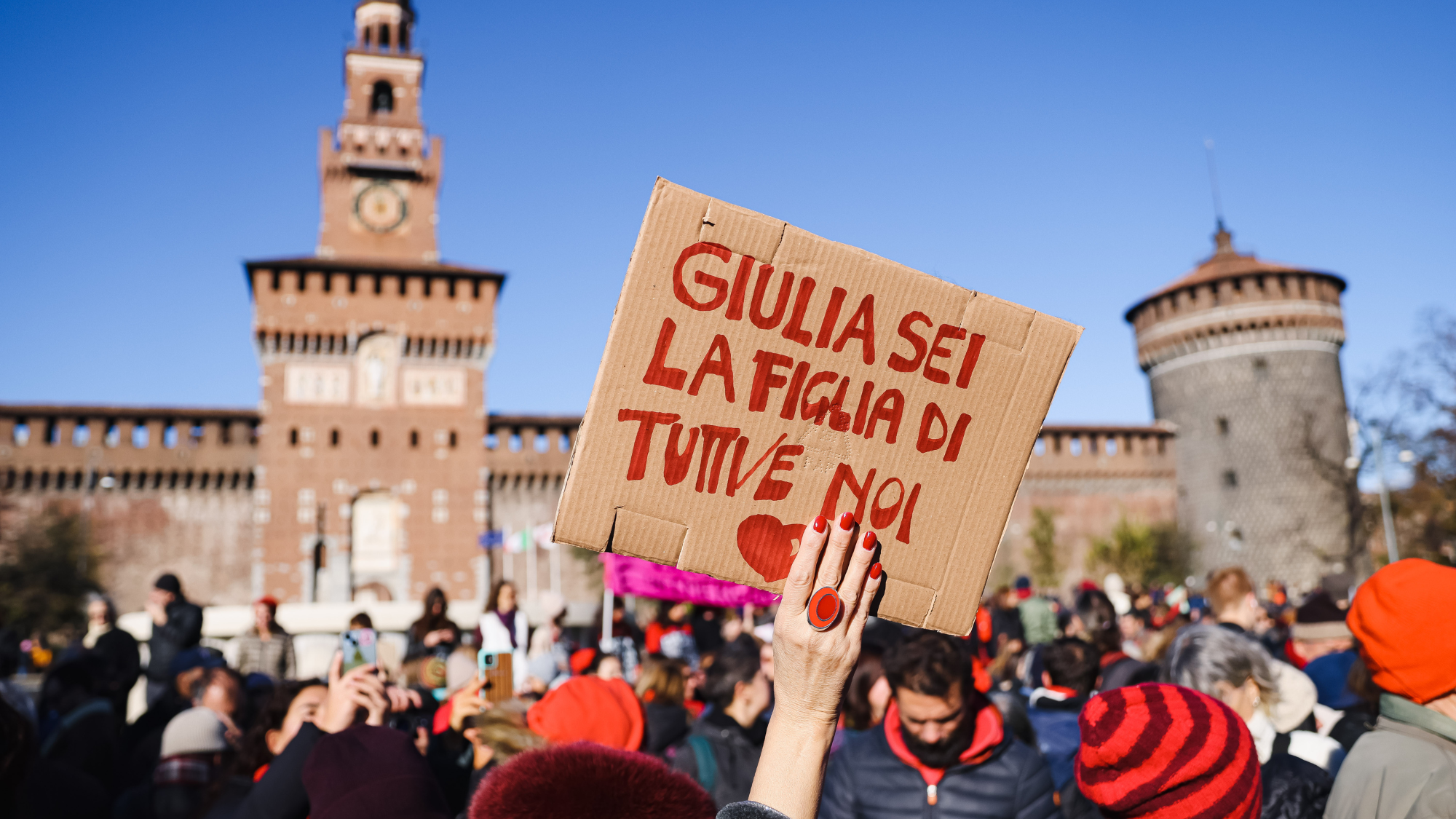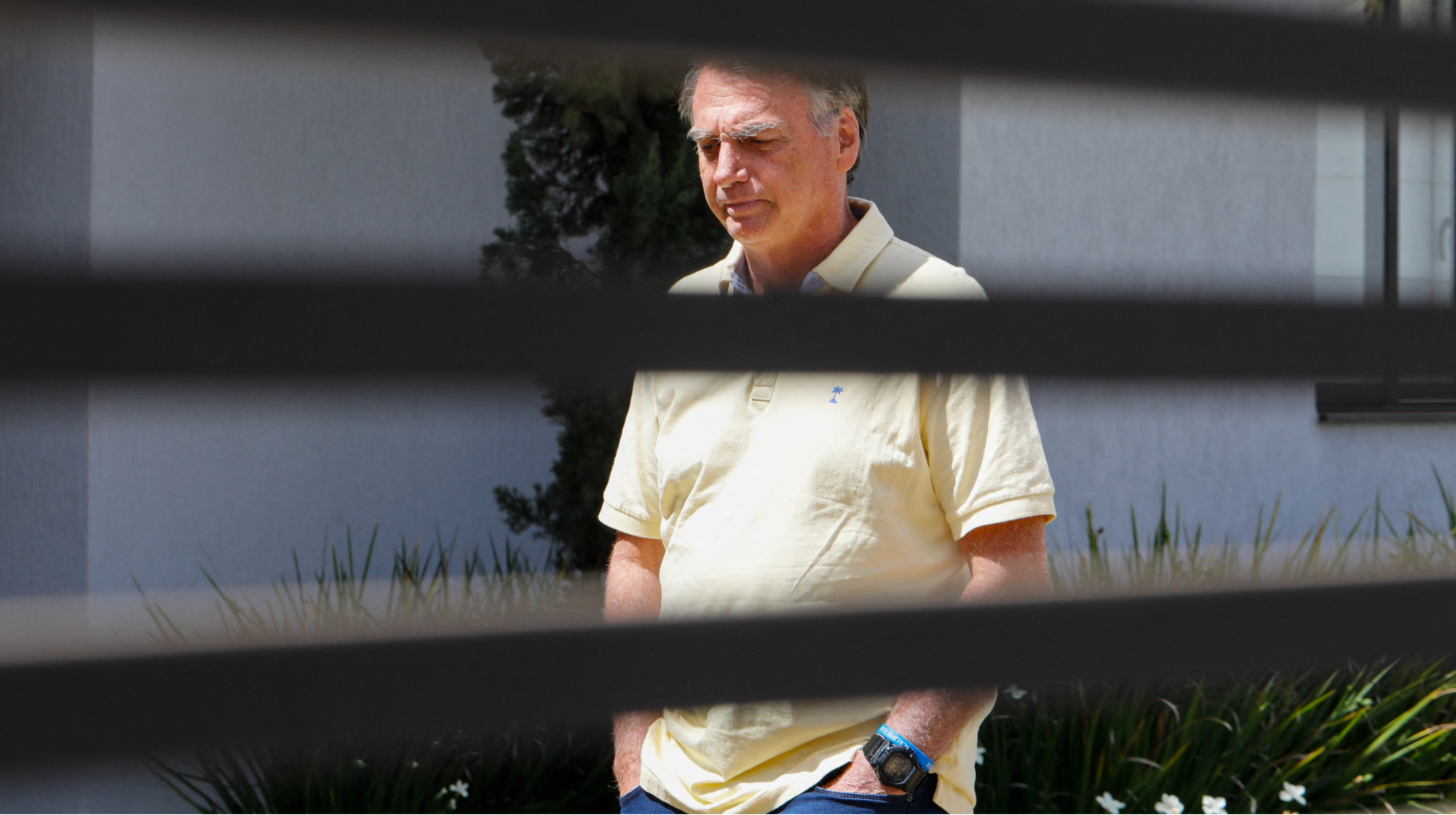MH17 - just another mistake: remember the USS Vincennes
America never apologised for shooting down an Iranian passenger jet, killing 290 people, 66 of them children

In the dismal book-keeping of civilian airliners shot down by military forces, the destruction of Malaysian Airlines Flight MH17 is as clear an example as any of an incident in the cock-up column rather than the conspiracy column. It should come as no surprise that US intelligence officials briefed reporters yesterday that the plane was most likely hit by mistake.
Russian-backed Ukrainian separatists did not intend to bring down a civilian airliner; what they wanted to do was to shoot down a Ukrainian air force plane. It was not an act of terror but an act of war: in the most brutal and unforgiving style of warfare known to mankind, civil war.
There seems little doubt that the missile that destroyed the plane was supplied to Ukrainian separatists by Russia. President Putin, who runs a tight ship, must have given authorisation. However, he clearly did not intend the weapons to be used against civilians and wasn’t expecting what happened.
The Week
Escape your echo chamber. Get the facts behind the news, plus analysis from multiple perspectives.

Sign up for The Week's Free Newsletters
From our morning news briefing to a weekly Good News Newsletter, get the best of The Week delivered directly to your inbox.
From our morning news briefing to a weekly Good News Newsletter, get the best of The Week delivered directly to your inbox.
Nor was anyone else. Despite a stream of intelligence suggesting that anti-aircraft weapons had been made available to separatists, much of it made public in the past few days by Secretary of State John Kerry, Western aviation authorities with whom much of the most sensitive intelligence is shared urgently declined to declare Eastern Ukraine off limits. In hindsight, this looks sloppy.
Sadly, there is an extensive archive of similar tragedies – most of them cock-ups too. On October 4, 2001, 64 passengers and 12 crew members onboard a Siberian Airlines Tupolev Tu-154 en route from Tel Aviv to Novosibirsk were killed when the plane was shot down over the Black Sea… by a Ukrainian missile.
It took a while for Ukraine to come clean but its then president, Leonid Kuchma, to his credit accepted that the Ukrainian military had screwed up during a major live-firing air defence exercise. An S-200 ground-to-air missile (Nato codename Gammon) missed its drone target 20 miles off the Crimean coast and locked on to the next biggest flying metal object on its radar – Siberian Airlines Flight 1812 some 150 miles away.
More relevant today to those political leaders who seek to raise tensions between the West and Russia is the USS Vincennes incident of 3 July 1988. The US Navy destroyer shot down Iran Air Flight 655 as it crossed the Straits of Hormuz, mistaking it for an Iranian Air Force jet. All 290 on board were killed, including 66 children.
A free daily email with the biggest news stories of the day – and the best features from TheWeek.com
The ship’s captain William Rogers III remained in command of the ship until 1989 when he was decorated with the Legion of Merit "for exceptionally meritorious conduct in the performance of outstanding service as commanding officer ... from April 1987 to May 1989”.
The United States has never apologised: although it eventually paid compensation to the relatives of the victims.
It doesn’t entirely let Putin off the hook. It was reckless to lend sophisticated military equipment to partly trained rebels who seemed unable to differentiate between military and civilian aircraft.
Interestingly, some experts at the time felt the deployment of highly sophisticated but unproven air defence destroyers like the USS Vincennes to the Gulf in 1981 was a disaster waiting to happen. The equipment was state-of-the-art but the interface with human operators was poor. The warfare centre on Vincennes had a Star Trek feel – big screens and complex displays - but there was not enough normal lighting for a petty officer who sensed an impending disaster to read the computer print-out of civilian flights authorised for that day.
The separatists sponsored by Putin misidentified a plane at 33,000ft. The highly trained crew of the Vincennes made the same mistake on an aircraft almost within view at 7,000ft.
The behaviour of some of the Russian separatists on the ground appears to have been disgraceful with bodies looted. Although to be fair, many locals have done their best to treat human remains and effects with respect. One way President Putin can redeem himself, is to insist that all property looted from the site by whomsoever is returned immediately to his representatives for identification and onward transmission to loved ones. Wedding rings and mementoes of other kinds matter in death. It should be a matter of a couple of telephone calls for an ex-KGB lieutenant-colonel – let alone a body-building, karate black belt President of Russia.
Finally, I am left with two thoughts about this tragedy. First, what on earth were civilian airliners doing flying over Eastern Ukraine in the first place? As a teenager on holiday flights to Hong Kong in the early 1970s our aircraft diverted well south of Vietnam – just in case. Are commercial pressures such that we can’t take sensible precautions any more?
Second, when these awful incidents happen from time to time what we do not need is for the political temperature to be increased by the likes of David Cameron – one of those rare politicians who seems to have immatured in office.
Aside from the raw grief of many relatives shown on television the most moving images to come out of the disaster for me were the photographs of Holland’s beautiful new Queen, Maxima, drained and distraught but dignified on her way back from comforting the bereaved. Comfort, if any is possible, not confrontation, should be the message.
There is no mending this – let’s not pretend there is. It was ghastly mistake.
-
 All roads to Ukraine-Russia peace run through the Donbas
All roads to Ukraine-Russia peace run through the DonbasIN THE SPOTLIGHT Volodymyr Zelenskyy is floating a major concession on one of the thorniest issues in the complex negotiations between Ukraine and Russia
-
 US offers Ukraine NATO-like security pact, with caveats
US offers Ukraine NATO-like security pact, with caveatsSpeed Read The Trump administration has offered Ukraine security guarantees similar to those it would receive from NATO
-
 How Bulgaria’s government fell amid mass protests
How Bulgaria’s government fell amid mass protestsThe Explainer The country’s prime minister resigned as part of the fallout
-
 Europe sets 2027 deadline to wean itself from Russian gas
Europe sets 2027 deadline to wean itself from Russian gasIN THE SPOTLIGHT As negotiators attempt to end Russia’s yearslong Ukraine invasion, lawmakers across the EU agree to uncouple gas consumption from Moscow’s petrochemical infrastructure
-
 Is Europe finally taking the war to Russia?
Is Europe finally taking the war to Russia?Today's Big Question As Moscow’s drone buzzes and cyberattacks increase, European leaders are taking a more openly aggressive stance
-
 Pushing for peace: is Trump appeasing Moscow?
Pushing for peace: is Trump appeasing Moscow?In Depth European leaders succeeded in bringing themselves in from the cold and softening Moscow’s terms, but Kyiv still faces an unenviable choice
-
 Femicide: Italy’s newest crime
Femicide: Italy’s newest crimeThe Explainer Landmark law to criminalise murder of a woman as an ‘act of hatred’ or ‘subjugation’ but critics say Italy is still deeply patriarchal
-
 Brazil’s Bolsonaro behind bars after appeals run out
Brazil’s Bolsonaro behind bars after appeals run outSpeed Read He will serve 27 years in prison

